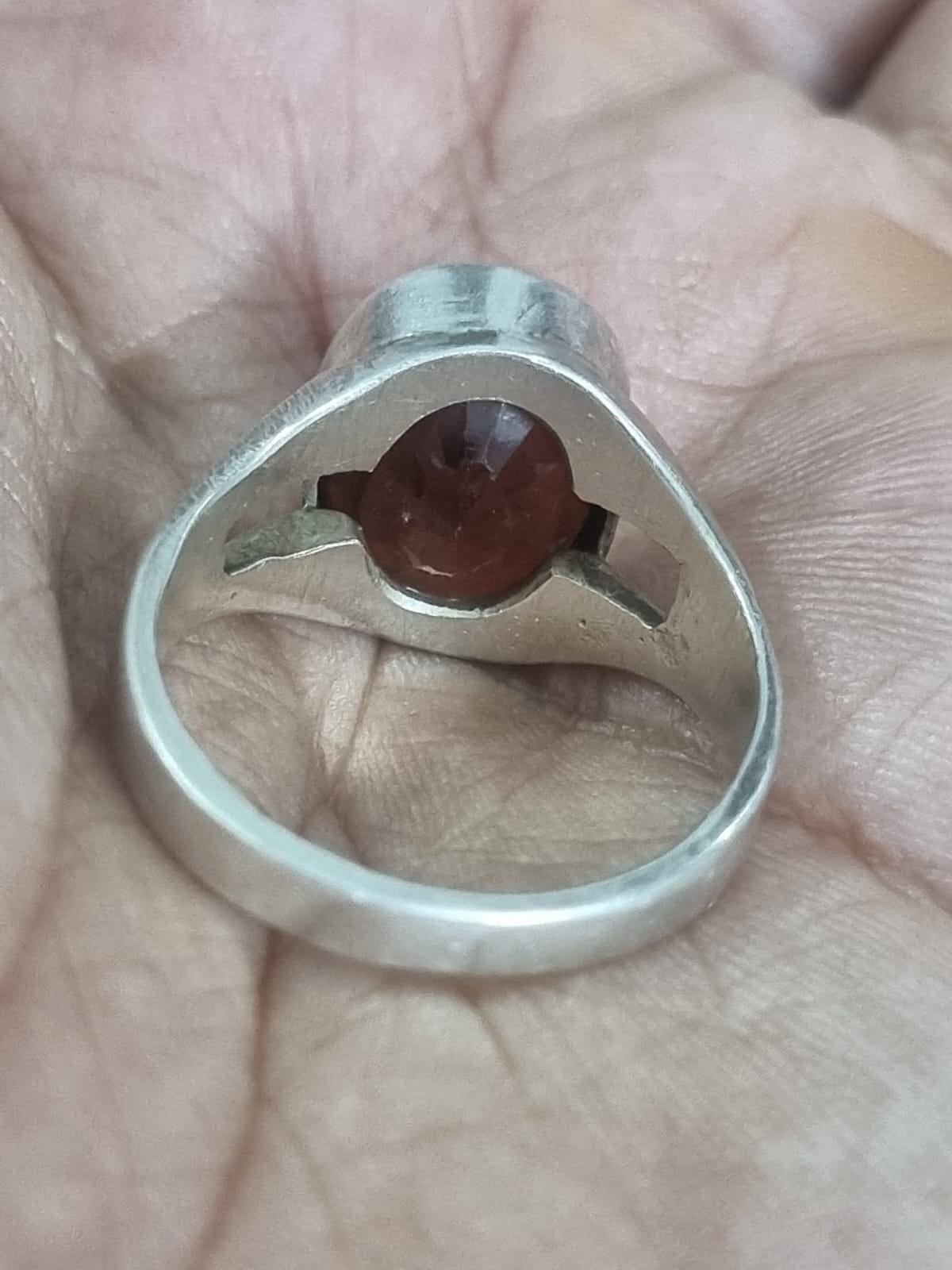Are Akoya Pearls Freshwater or Saltwater?

Are Akoya Pearls Freshwater or Saltwater?
Introduction
Pearls come in various types, and one of the most frequently asked questions by pearl enthusiasts is: "Are Akoya pearls freshwater or saltwater?" Akoya pearls are renowned for their classic beauty, perfect round shapes, and high luster, making them a popular choice for fine jewelry. In this blog, we’ll clarify whether Akoya pearls are freshwater or saltwater, explore what makes them unique, and provide insight into how they compare to other types of pearls.
What Are Akoya Pearls?
Akoya pearls are a type of cultured pearl primarily grown in Japan and China. These pearls are known for their high luster, perfectly round shapes, and consistent size, making them a favorite in the pearl jewelry market.

Are Akoya Pearls Freshwater or Saltwater?
Akoya pearls are saltwater pearls. They are cultivated in the Pinctada fucata martensii, commonly known as the Akoya oyster, which lives in saltwater environments such as bays, inlets, and coastal waters. The oysters are farmed in carefully monitored saltwater environments, primarily off the coasts of Japan, Vietnam, and China.
Key Point: Akoya pearls are not freshwater pearls. Freshwater pearls are typically produced by mussels that live in lakes, rivers, or ponds, whereas Akoya pearls come from saltwater oysters.
Why Are Akoya Pearls Saltwater?
The distinction between freshwater and saltwater pearls depends on the environment where the mollusk or oyster lives. Akoya pearls are classified as saltwater because they are cultured in saltwater bodies like the ocean. This saltwater environment contributes to the distinct qualities of Akoya pearls, such as their brilliant luster and near-perfect roundness.
Characteristics of Akoya Pearls
-
Luster: Akoya pearls are famous for their high luster, which is the reflective glow from the surface of the pearl. This is one of the key features that make them stand out compared to freshwater pearls.
-
Shape: Akoya pearls are usually round or near-round, with a high degree of symmetry, making them ideal for elegant jewelry pieces like necklaces and earrings.
-
Size: Akoya pearls generally range in size from 6mm to 9mm, though larger sizes exist. They are typically smaller than other saltwater pearls like South Sea or Tahitian pearls.
-
Color: Akoya pearls are known for their classic white and cream colors, often with overtones of pink, silver, or green. They also come in more exotic shades like blue, but these are rarer.

How Do Akoya Pearls Compare to Freshwater Pearls?
While both Akoya and freshwater pearls are beautiful, they differ significantly due to their origins:
-
Luster: Akoya pearls have a more intense luster compared to freshwater pearls, which tend to have a softer glow. The saltwater environment of Akoya oysters contributes to their high-shine surface.
-
Shape: Akoya pearls are more consistently round or near-round, while freshwater pearls come in a wider variety of shapes, including round, oval, and baroque.
-
Nacre: Freshwater pearls have thicker nacre because they are grown without a bead nucleus in many cases, whereas Akoya pearls typically have a thinner layer of nacre surrounding a bead nucleus. Despite this, the nacre of Akoya pearls tends to give them a very shiny, mirror-like appearance.
-
Price: Akoya pearls are generally more expensive than freshwater pearls due to their more controlled cultivation process, higher luster, and classic round shapes. Freshwater pearls are more affordable, making them accessible to a wider audience.
How Are Akoya Pearls Cultivated?
The cultivation process of Akoya pearls involves implanting a small bead nucleus inside the Akoya oyster. The oyster then secretes layers of nacre around the nucleus to form a pearl. This process can take anywhere from 10 months to 2 years, depending on the desired size and quality of the pearl. The oysters are carefully monitored and nurtured in saltwater farms until the pearls are harvested.

Other Types of Saltwater Pearls
In addition to Akoya pearls, there are other types of saltwater pearls, such as:
-
South Sea Pearls: Cultivated in the warm waters of the South Pacific, these pearls are larger and often come in shades of white, silver, and gold.
-
Tahitian Pearls: Known for their dark, exotic colors, Tahitian pearls are grown in French Polynesia and are prized for their natural black hues.
-
Mabe Pearls: These are half-pearls that are cultivated on the inside of an oyster's shell rather than inside its body, often used for larger, statement pieces.
Final thoughts
To answer the question, Akoya pearls are saltwater pearls, not freshwater pearls. Cultivated in saltwater oysters, Akoya pearls are renowned for their brilliant luster, round shape, and classic beauty, making them a popular choice for fine jewelry. Whether you're looking for a timeless necklace or a pair of elegant earrings, Akoya pearls offer a sophisticated and high-quality option. Their saltwater origins set them apart from freshwater pearls, giving them a distinct shine and value that makes them a favorite in the pearl world.
___________________________________________________
Also you can buy high quality Pearls and other gemstones of various ratti at affordable prices from Vedic Crystals
For more information about Vedic Crystals and our range of gemstones and rudraksha beads, visit Vedic Crystals website or contact us at contactus@vediccrystals.com/ +91-9811809967 (Whatsapp).
Also if you found this article useful , please share it with someone who might need it.
Moreover, in case you want a additional 5% discount coupon on our entire range of gemstones and Rudraksha : Please comment "Interested" below.

































